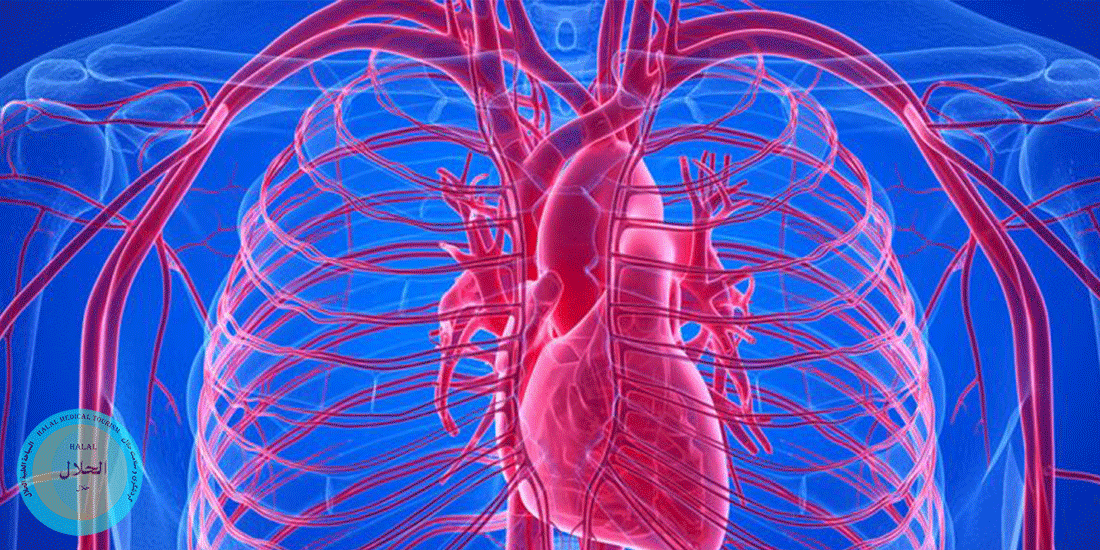Coronary angiography

Coronary angiography, also known as cardiac catheterization or coronary angiogram, is a diagnostic procedure used to visualize the blood vessels (coronary arteries) supplying the heart muscle. It is commonly performed to assess the presence of blockages or narrowing in these arteries, which can contribute to conditions such as angina (chest pain) or heart attacks.
Here is an overview of the coronary angiography procedure:
1. Preparation:
2. Local Anesthesia:
3. Catheter Insertion:
4. Contrast Dye Injection:
5. X-ray Imaging:
6. Pressure Measurements:
7. Completion and Catheter Removal:
8. Recovery:
Coronary angiography provides detailed information about the condition of the coronary arteries and helps guide treatment decisions. If significant blockages are identified, additional procedures such as angioplasty and stent placement may be performed during the same session to open narrowed arteries and improve blood flow to the heart.
While coronary angiography is generally considered safe, it carries some risks, and complications may include bleeding at the catheter insertion site, allergic reactions to the contrast dye, or damage to blood vessels. These risks are usually minimal, and the benefits of obtaining accurate diagnostic information often outweigh the potential risks.
Screening tests are not usually covered by some insurance companies. As a result, some patients opt for medical tourism to cut down their expenses. While an angiogram can cost about $5000 in the USA, Iranian hospitals offer the same quality service while charging about only a fraction of that price. Contact us to get an updated price quote for angiography in Iran.